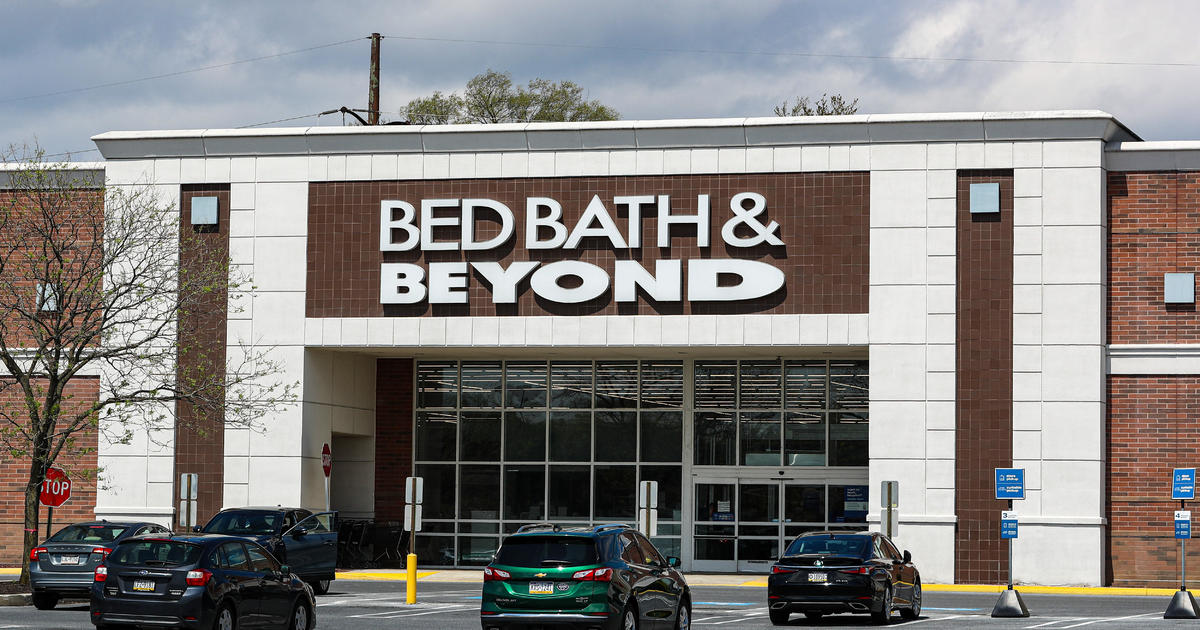Bed Bath & Beyond’s unexpected comeback is underway, albeit in a significantly altered form. After its highly publicized bankruptcy and subsequent acquisition by Beyond Inc. (formerly Overstock.com), the once ubiquitous brand is not relaunching as a standalone entity, but rather through a strategic partnership with The Container Store. This unconventional approach aims to revitalize both brands, injecting new life into the struggling Container Store while simultaneously offering Bed Bath & Beyond a brick-and-mortar resurrection, albeit within a carefully curated space within a competitor’s stores. This collaboration marks a pivotal moment, illustrating the complex dynamics of retail survival and brand revitalization in today’s competitive landscape. The strategy hinges on leveraging the residual brand recognition of Bed Bath & Beyond to bolster The Container Store’s sales and attract a wider customer base. The success of this unusual partnership will be closely watched as an indicator of how legacy brands can adapt and find new avenues for growth in a rapidly evolving retail market.
Bed Bath & Beyond’s Strategic Re-Entry into the Retail Market
The Container Store Partnership: A Novel Approach to Brand Revitalization
The decision by Beyond Inc. to resurrect the Bed Bath & Beyond brand within The Container Store’s physical locations represents a bold, unconventional strategy. Instead of attempting a full-scale relaunch as a standalone retailer, the company has opted for a strategic partnership. This move allows Bed Bath & Beyond to regain a physical presence without the significant investment and risk associated with establishing new standalone stores. It cleverly leverages the existing infrastructure and customer base of The Container Store. The partnership centers on showcasing a curated selection of Bed Bath & Beyond’s kitchen, bath, and bathroom products within “appropriately sized spaces” within The Container Store’s 100+ locations. This selective integration minimizes the financial burden on Beyond Inc. while still providing the opportunity to reconnect with consumers accustomed to Bed Bath & Beyond’s product range. The focus on high-margin items further contributes to a financially prudent approach.
The Symbiotic Relationship: Mutual Benefits for Both Brands
The partnership between Beyond Inc. and The Container Store benefits both parties involved. For The Container Store, the introduction of Bed Bath & Beyond’s well-known product lines helps diversify its offerings and potentially attract new customers familiar with the Bed Bath & Beyond brand. This strategy addresses the retailer’s struggles with depressed sales by bringing in a larger volume of consumer foot traffic. By offering products that complement The Container Store’s current inventory, this partnership maximizes their product synergy, leading to more cost efficient means of inventory procurement and delivery. The strategy has the potential to revitalize the brand’s public image. The strategy for The Container Store works toward regaining profitability by increasing market share while retaining strong brand identity.
The Revitalization Strategy for The Container Store
Addressing Declining Sales with Brand Synergy
The Container Store’s partnership with Bed Bath & Beyond is a direct response to declining sales. The hope is that by integrating a recognizable and trusted brand like Bed Bath & Beyond, they can entice shoppers to revisit their stores. This is not only anticipated to generate direct sales of the Bed Bath & Beyond products but could also lead to increased sales of The Container Store’s existing inventory by increasing store traffic. The synergistic nature of the products is a major factor. They do not compete with each other but, instead, the two offer complimentary products. The focus on kitchen and bathroom items fits well with The Container Store’s organizational and storage solutions.
Leveraging Iconic Brand Recognition
This initiative utilizes the high degree of brand recognition the Bed Bath & Beyond name still holds amongst consumers. Despite the bankruptcy, many people still know and associate the name with the product categories being highlighted in the store. This pre-existing brand equity acts as a powerful marketing tool, minimizing the need for extensive advertising campaigns. By leveraging the existing brand awareness, the reintroduction into the retail sector happens without the expensive task of rebuilding recognition within a larger marketing scheme. The partnership is strategically planned to minimize expenses and maximize the efficiency of sales and customer retention. The Container Store gets additional brand value as well due to its integration into this effort.
The Future of Bed Bath & Beyond: A Measured Return
A Phased Approach to Brand Reintroduction
This strategic partnership marks a calculated and phased return for Bed Bath & Beyond. Instead of the massive investment involved in re-establishing a national footprint as a stand-alone retailer, this approach helps the company test the waters while monitoring sales, customer reaction, and cost efficiency. If the partnership proves successful, the model could be expanded. By partnering, rather than trying to act alone, the return is slow, safe and can adapt to changes based on market research and consumer data. The current iteration allows for expansion should future market results prove that this new scheme to be effective.
Long-Term Growth and Potential
The long-term success of this strategy depends heavily on several factors, including the successful integration of Bed Bath & Beyond products within The Container Store’s aesthetic and the overall shopping experience. This successful execution requires strong coordination between both teams on marketing, supply chain, and operational efficiency. The future could involve expansion into other product lines or even more widespread brand integration, potentially leading to further opportunities within the combined entities and creating other revenue opportunities to offset existing financial strain.
Takeaway Points:
- Bed Bath & Beyond’s return to the physical retail market is unconventional, leveraging a partnership with The Container Store.
- The partnership aims to revitalize both brands by increasing sales, attracting new customers and maximizing revenue using pre-existing brand loyalty.
- The phased approach allows for data-driven decision-making about future expansions.
- The long-term success hinges on integration and efficient supply chain management.




